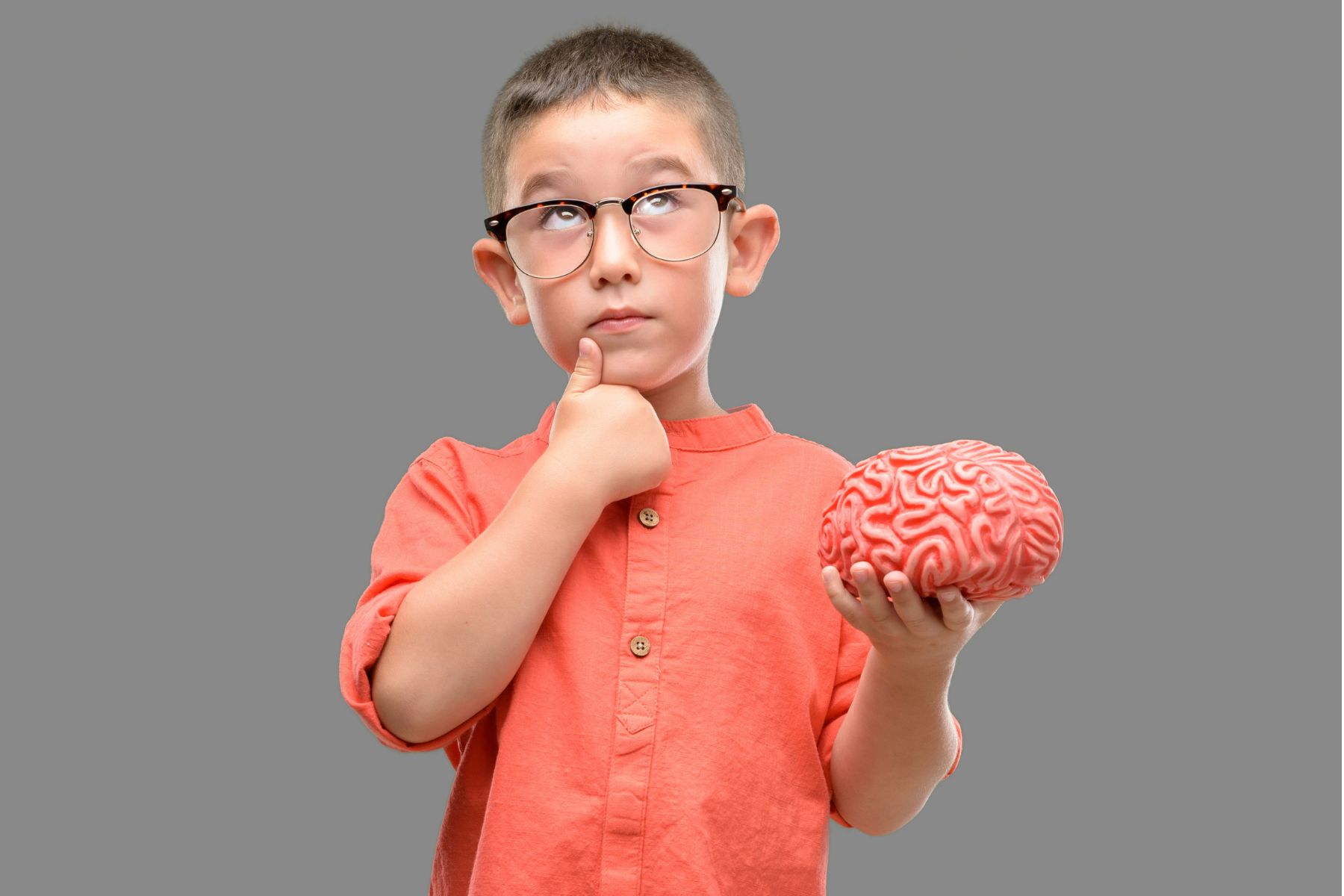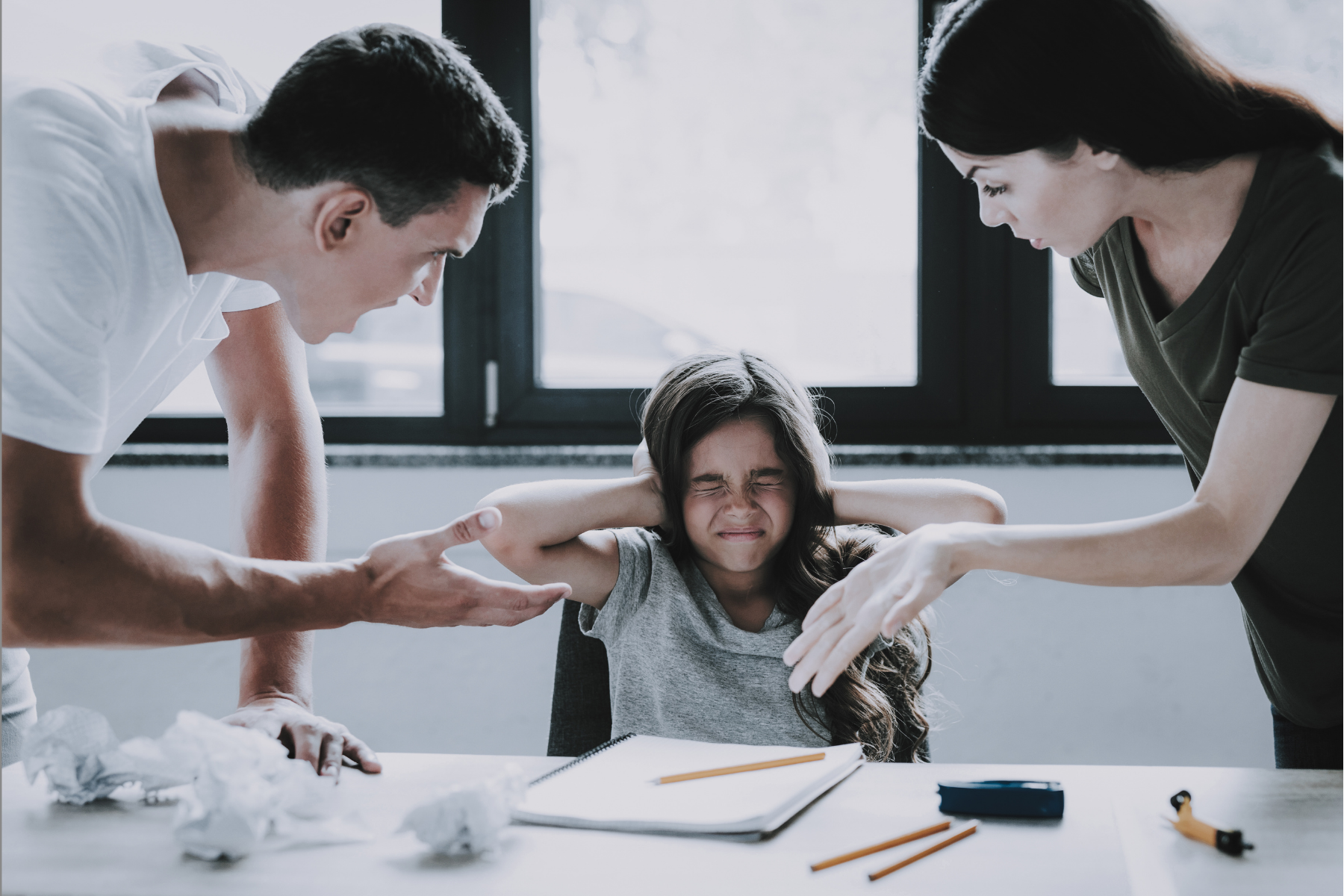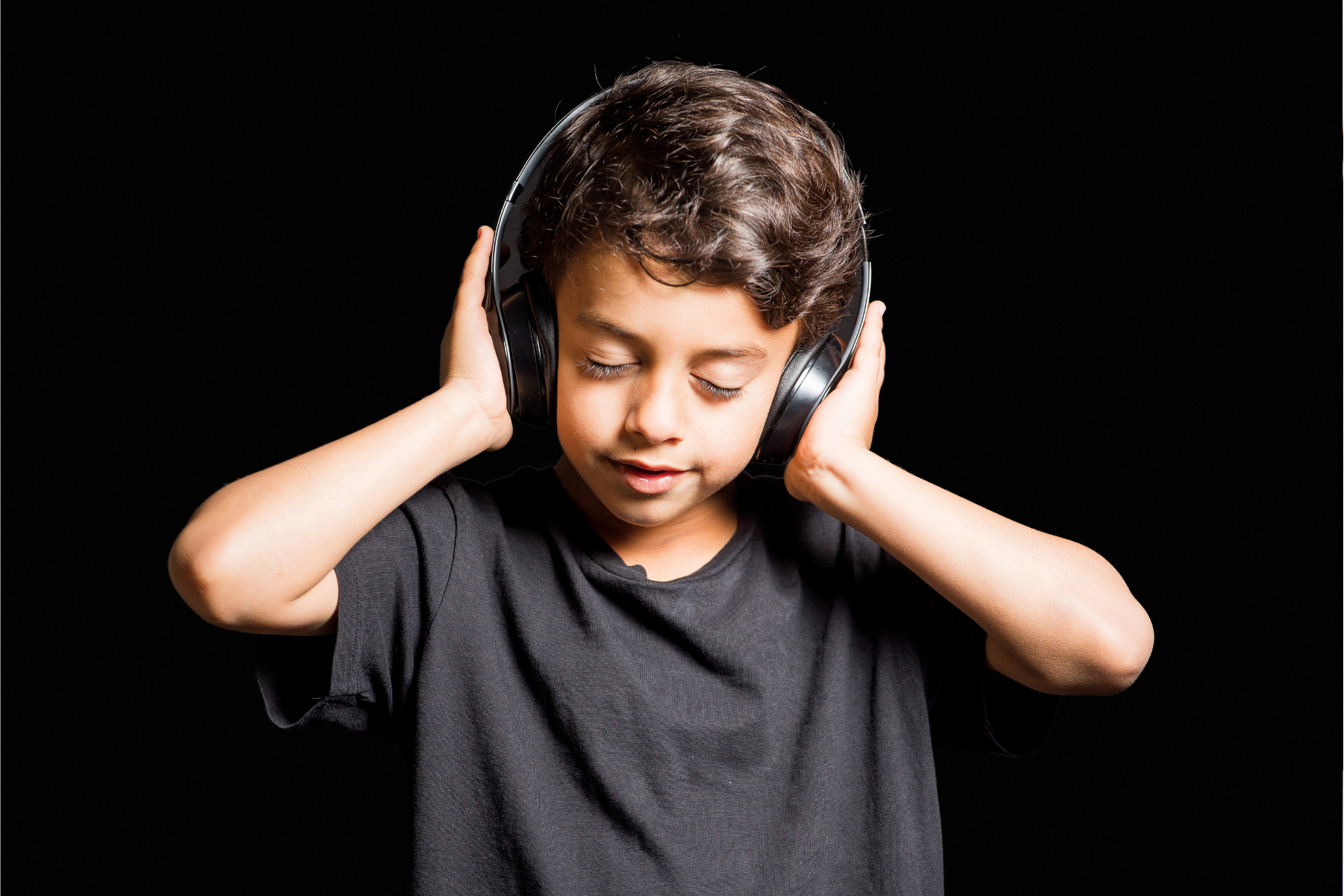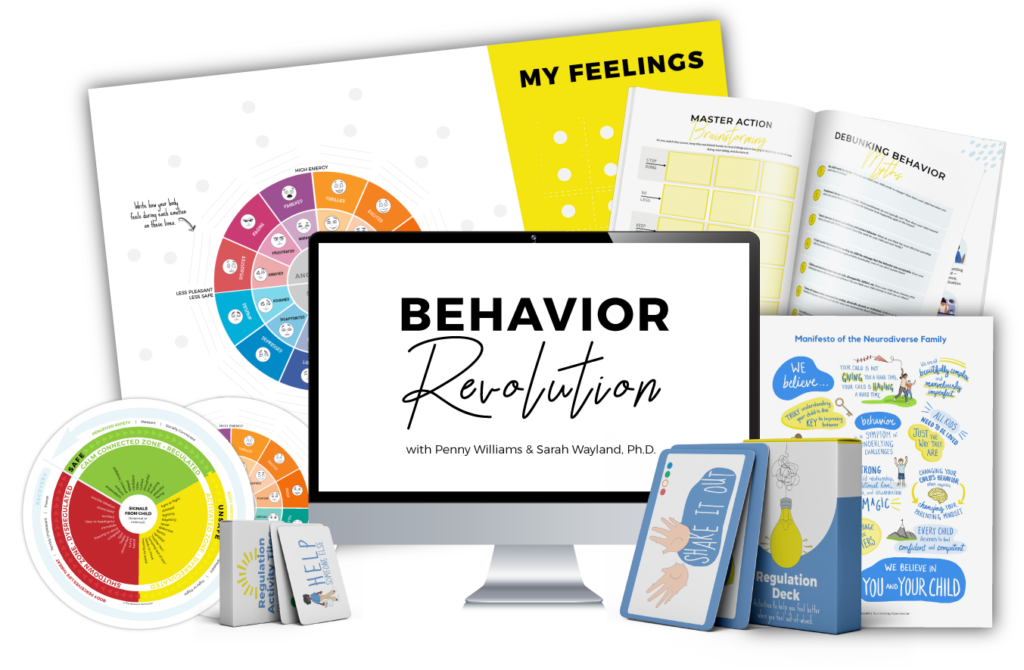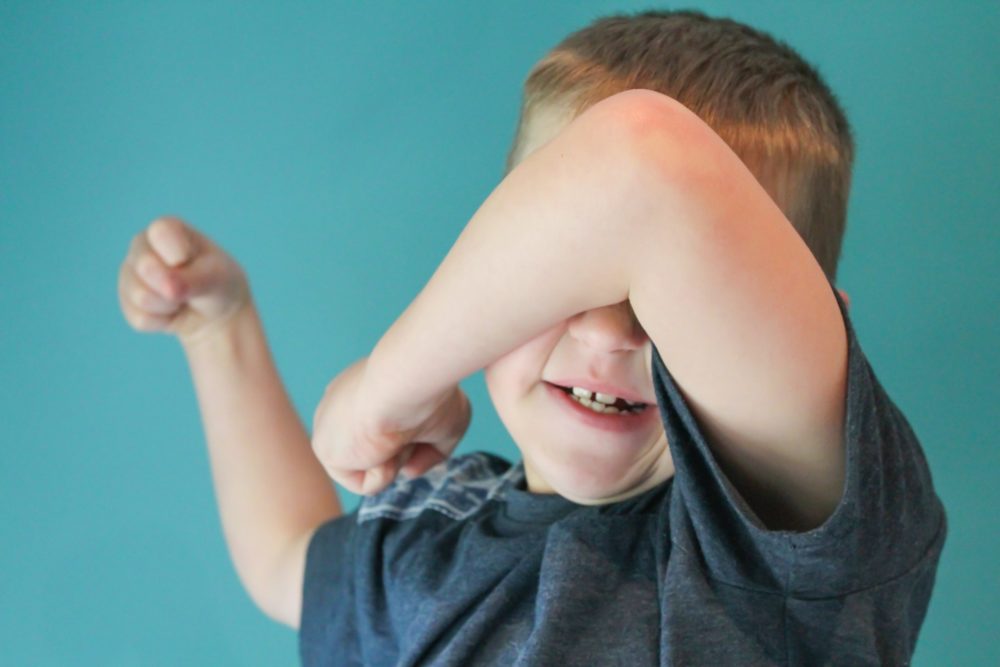

Who is this child!?!?
Each child is unique, and understanding who your child is — the biological factors that impact their behavior, their individual needs, and what helps them feel safe — will help you understand why they behave the way they do.
In module one, you’re going to learn about:
- The Neurobehavioral Model – We will examine the neurobehavioral model and how to use a brain-based lens versus a behavior-based lens to determine appropriate responses to your child’s behavior.
- Your Child’s Needs – As humans, we all have needs, from physical to mental to emotional and beyond. We’ll discuss human needs to help you determine when behavior is due to unmet needs.
- Safe vs. Unsafe – Feelings of safety don’t just come from a lack of threat or danger. You can be free of threat and still feel unsafe. We’ll discuss this in detail, including the relationship between safety and behavior.
- Trauma – Traumatic experiences change the brain and play a role in behavior, but people do not only experience trauma when exposed to war, violence, or abuse. The only person who knows whether something was traumatic is the person who experienced it.





